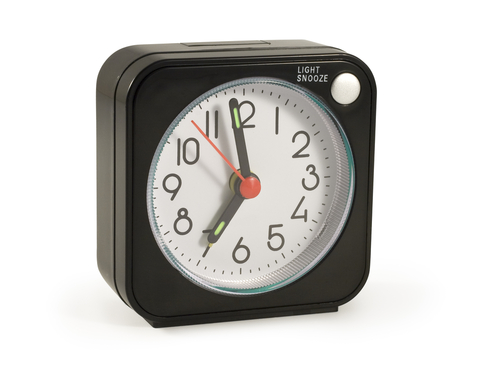In this activity, we will be looking at o'clock, half past, and quarter past times in both digital and analogue.
Analogue means times on a clock face, like this:

Digital means times just written in numbers, like this:

O'clock
On analogue, o'clock has the minute hand (which is the longer, blue hand) pointing to the 12 and the hour hand (which is the shorter, red hand) pointing to the hour.
Here, we have 9 o'clock where the minute hand is at 12 to show o'clock and the hour hand is at 9 to show it is 9 o'clock.

On a digital clock, this would be written:
9:00
This means that the hour is 9 and that zero minutes have gone past the hour, meaning it is o'clock.
Half past
On analogue, half past has the minute hand (which is the longer, blue hand) pointing down to the 6 and the hour hand (which is the shorter, red hand) pointing just past the hour.
Here, we have half past 3 where the minute hand is at six to show that it has gone halfway past the hour and the hour hand is just past the three to show that it has gone halfway past 3.

On a digital clock, this would be written:
3:30
This means that the hour is 3 and that 30 minutes have gone past the hour, meaning it is half past three.
Quarter past
On analogue, quarter past has the minute hand (which is the longer, blue hand) pointing at the 3 to show it has gone a quarter past the hour. The hour hand (which is the shorter, red hand) is pointing just past the hour.
Here, we have quarter past 4 where the minute hand is at 3 to show it has gone a quarter past the hour and the hour hand is just past the four to show it has gone a quarter of the way past the four.

On a digital clock, this would be written:
4:15
This means that the hour is 4 and that 15 minutes have gone past the hour, meaning it is a quarter past four.
Ok, shall we have a go at some questions now?







